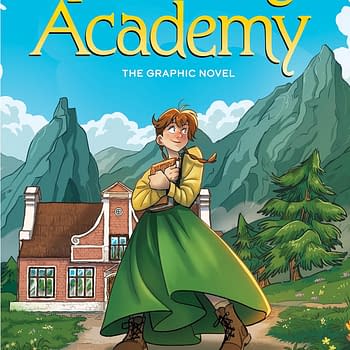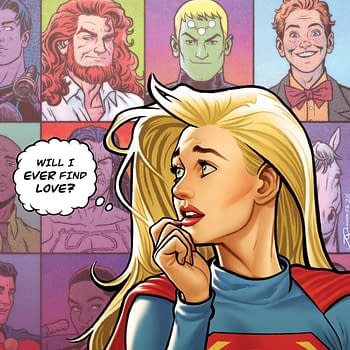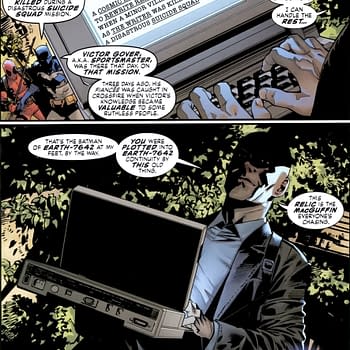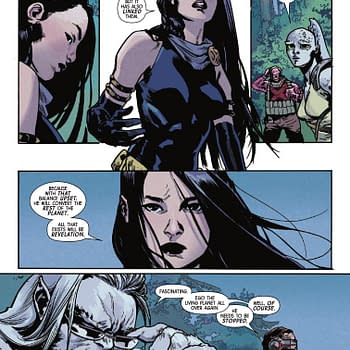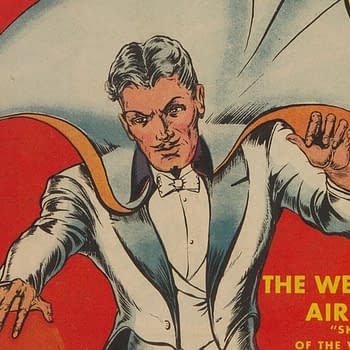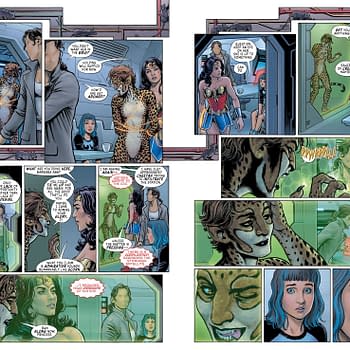Posted in: Comics | Tagged:
Look! It Moves! by Adi Tantimedh: The Persona School Of Life Lessons
Adi Tantimedh writes for Bleeding Cool;
Spent the weekend fiddling with PERSONA 4 ARENA, a fighting game spinoff from the popular Japanese Role-Playing Game PERSONA 4. For a fighting game, the story is pretty ambitious, walled off in a separate mode for players who want to follow the plot rather than just go through an endless Arcade mode of memorising moves and combos to up their game.



Unlike Western superhero stories, Japanese heroes have their powers come from within, and PERSONA 3 and 4 feature teenagers who gain powers from coming to terms with their shadow selves, the parts of themselves they hate or fear and try to repress. Upon coming to terms, their personas become giant warrior avatars they use to fight shadow creatures that are the demonic manifestations of people's dark emotions. Unlike the heroes of Western shooting games or superhero stories, the heroes of PERSONA fight to save their people from an existential death that would lead to real death. They're not even fighting bad guys on the physical plane. They're literally fighting for people's souls. And the heroes and heroines become stronger when their social and emotional bonds with each other become stronger. It's as if these games want to be a lesson in basic Jungian psychotherapy.
Even the plot of PERSONA 4 ARENA keeps all the same elements from the previous RPG games and deal with the same themes, and ultimately the heroes, in a crossover event where characters from PERSONA 3 and 4 meet for the first time, end up fighting not to triumph over bad guys or each other (even though that's the objective), but to save and redeem a robot with a soul. For what some people might dismiss as a button-mashing fighting game, PERSONA 4 ARENA has one of the most heartbreaking stories I've ever read about a robot's awakening humanity I've ever read. It illustrates the typical Japanese brand of Buddhist humanism in its belief that anything with a heart is worth saving.

The PERSONA series is another lesson in how to design a pop franchise for a big fan following. In Japan, there are the usual toys and merchandise spinoffs, but also faithful manga and anime adaptations, stage adaptations, prose novels and even an entire monthly PERSONA magazine devoted to the series. As ever, the Japanese media industry has been more adept at a coordinated transmedia business model of the type that US movie studios and comics companies are still getting the hang of. While the makers of the PERSONA games might be in their 30s are approaching middle age, they seem to have a tighter finger on the pulse of what teen audiences are into than US comics and games companies are, creating a space for fans to explore their own emotions and identities in.
The original PERSONA 3 and 4 games are still available on Playstation 2. PERSONA 3 is also available as a downloadable game on the Playstation 3 and in a PSP port. Artbooks for both PERSONA 3 and PERSONA 4 are available from amazon. PERSONA 4 GOLDEN is a new Playstation Vita port coming out in October. PERSONA 4 ARENA just came out for the Xbox 360 and PS3. The anime adaptation of PERSONA 4 is currently streaming online and will be out on DVD and Blu-Ray in the Autumn. An anime adaptation of PERSONA 3 has been announced.
Creating personas at lookitmoves@gmail.com
Follow the official LOOK! IT MOVES! twitter feed at http://twitter.com/lookitmoves for thoughts and snark on media and pop culture,
stuff for future columns and stuff I may never spend a whole column writing about.
Look! It Moves! © Adisakdi Tantimedh








